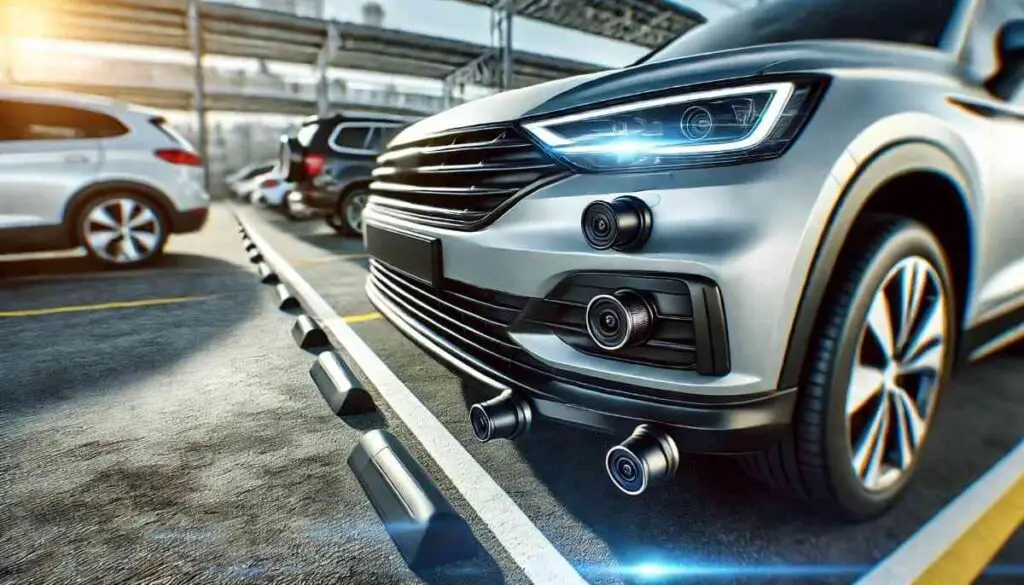I. Introduction
In the realm of parenthood, few tasks are as vital as ensuring the safety of your newborn during car journeys. Car seat installation for newborns is not merely a precaution; it’s an imperative practice that significantly reduces the risk of injury in car crashes. Let’s delve into this crucial subject and explore every facet of properly installing a car seat for your precious bundle of joy.
Importance of Car Seat Installation for Newborn Safety
The significance of correctly installing a car seat cannot be overstated. According to statistics, a properly installed car seat can reduce the risk of fatal injury to infants by up to 71% and to toddlers by 54% in car accidents. This stark difference underscores the critical importance of ensuring that your newborn is secured in a car seat that meets safety standards and is correctly installed.
II. Choosing the Right Car Seat
Before we dive into installation, it’s essential to select the right car seat for your newborn. Here are key factors to consider:
Weight and Height Limits for Newborns
Car seats are designed with specific weight and height limits in mind. For newborns, opt for rear-facing car seats with lower weight and height limits to provide optimal protection.
Types of Rear-Facing Car Seats Available
There are various types of rear-facing car seats, including infant car seats, convertible car seats, and all-in-one car seats. Each type has its advantages, and selecting the one that suits your needs is crucial.
Regulations and Safety Standards
Ensure that the car seat you choose complies with safety regulations and standards. Look for labels such as “FMVSS 213” to guarantee the seat’s adherence to federal safety requirements.
III. Preparing for Installation
Proper installation starts with preparation. Here’s what you need to do:
Gathering Necessary Tools
Before installation, gather the necessary tools: the car seat itself, your vehicle’s manual, and the car seat’s instruction manual. Having these on hand will make the installation process smoother.
Reading the Car Seat’s Instructions
The car seat’s instruction manual is your guide to proper installation. Take the time to read it thoroughly before beginning.
Clearing the Rear Seat Area
Remove any items from the rear seat area to create a clear space for the car seat. This ensures a secure fit and minimizes potential hazards.
IV. Installing the Rear-Facing Car Seat
Now, let’s move on to the actual installation process:
Placing the Car Seat in the Center of the Rear Seat
For optimal safety, install the car seat in the center of the rear seat whenever possible. This provides the most protection in the event of a collision.
Securing the Car Seat with the LATCH System
The LATCH (Lower Anchors and Tethers for Children) system is a secure way to attach the car seat to your vehicle. Follow the car seat and vehicle manuals’ instructions for proper LATCH installation.
Securing the Car Seat with the Vehicle’s Seatbelt
If your vehicle doesn’t have LATCH anchors or you’re using a car seat that doesn’t support LATCH, secure the seat using the vehicle’s seatbelt. Ensure a tight fit and follow the car seat manual’s guidance.
Ensuring the Correct Angle for the Car Seat
The car seat should recline at the correct angle to support your newborn’s head and neck. Refer to the car seat manual for guidance on achieving the proper angle.
V. Harnessing Your Newborn
The harness is your newborn’s primary source of protection during a car journey. Here’s how to ensure a secure fit:
Adjusting Harness Straps for a Snug Fit
The harness straps should fit snugly against your baby’s shoulders and thighs. Make adjustments as necessary to achieve a secure fit.
Testing the Harness Tightness
Perform the “pinch test” to check if the harness is tight enough. If you can pinch excess strap material, tighten the harness until it fits snugly.
Proper Positioning of the Chest Clip
The chest clip should be at armpit level. Ensure it’s properly positioned to keep the harness straps in place.
VI. Final Checks and Adjustments
Before hitting the road, perform these essential checks and adjustments:
Ensuring the Car Seat Is Securely Installed
Gently tug on the car seat to check for any excessive movement. It should be firmly anchored in place.
Side-to-Side and Front-to-Back Movement Test
Ensure the car seat doesn’t move more than one inch in any direction during the movement test.
Double-Checking the Level Indicator
Verify that the car seat’s built-in level indicator shows that it’s properly reclined.
VII. Frequently Asked Questions (FAQs)
Here are answers to common questions about car seat installation:
- What is the LATCH system, and how does it work?
- The LATCH system is a standardized way to secure car seats using anchors and tethers in vehicles. Consult your car seat and vehicle manuals for specific instructions.
- Can I reuse a car seat for a second child?
- It depends on the car seat’s condition and whether it meets current safety standards. Check the manufacturer’s guidelines and consult a certified technician if unsure.
- Are there any specific guidelines for premature newborns?
- Premature newborns may have special needs. Consult your pediatrician and car seat manual for guidance.
- How often should I check the car seat’s installation?
- Regularly inspect the car seat’s installation, especially after long trips or if you remove and reinstall it.
- What if my car doesn’t have a LATCH system?
- You can secure the car seat with the vehicle’s seatbelt. Refer to the car seat manual for instructions.
- When should I transition my child to a forward-facing car seat?
- Follow the car seat manual’s recommendations based on your child’s weight and height.
- What are the common mistakes to avoid during installation?
- Common mistakes include improper harnessing, loose installation, and incorrect angle. Refer to the car seat manual for guidance.
- Is it safe to buy a second-hand car seat?
- It’s generally not recommended, as you can’t be certain of its history or any potential damage. Safety standards may have also evolved since its manufacture.
VIII. Professional Inspection
For added peace of mind, consider having a certified child passenger safety technician inspect your car seat installation:
Importance of Having a Certified Child Passenger Safety Technician Check the Installation
Certified technicians are trained to ensure that car seats are correctly installed, reducing the risk of errors that could compromise your child’s safety.
Where to Find a Certified Technician for Inspection
You can locate certified technicians through your local Department of Transportation, fire station, or children’s hospital.
IX. Car Seat Replacement and Maintenance
To maintain the safety of your child, consider the following:
The Recommended Lifespan of a Car Seat
Most car seats have an expiration date, typically around six to ten years. Check your car seat’s label for this information.
Replacing a Car Seat After a Crash or Damage
Even if there’s no visible damage, it’s advisable to replace a car seat after any collision. The structural integrity may have been compromised.
Tips for Maintaining the Car Seat’s Condition
Regularly clean and inspect the car seat for wear and tear. Follow the manufacturer’s guidelines for maintenance.
X. Safety Considerations
A few critical safety considerations to keep in mind:
The Dangers of Placing a Rear-Facing Car Seat in the Front Seat with an Active Airbag
Never place a rear-facing car seat in the front seat if there’s an active airbag. The force of deployment can be dangerous for infants.
Importance of Rechecking the Car Seat’s Level
Always double-check that the car seat is properly reclined to the correct angle.
The Critical Role of Properly Tightened Harness Straps
Ensure the harness straps are snug but not too tight. This balance is crucial for your child’s comfort and safety.
Final Reminders for Checking Car Seat Installation Before Driving
Before every journey, take a moment to confirm that the car seat is securely installed, the harness is properly adjusted, and your child is snug and secure.
XI. Conclusion
In conclusion, proper car seat installation for newborns is a non-negotiable aspect of ensuring their safety during car journeys. We’ve explored the essential steps, from choosing the right car seat to meticulous installation and maintenance. By prioritizing your child’s safety and following these guidelines, you’re taking a vital step toward safeguarding their well-being on the road. Remember, every journey begins with securing your most precious cargo: your newborn.









